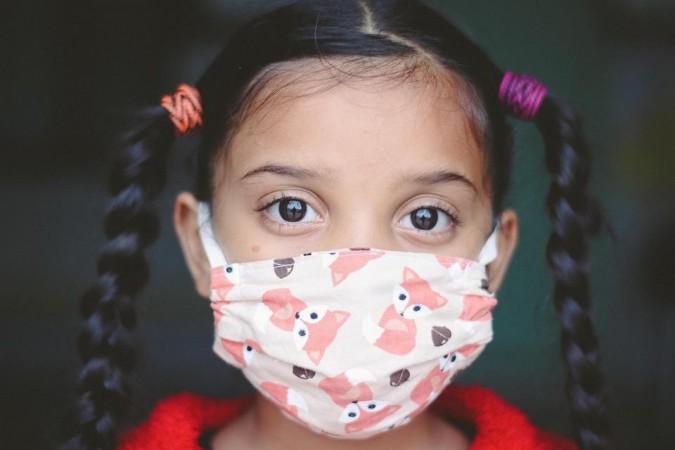The ongoing COVID-19 pandemic has resulted in extensive research into materials that can neutralize the deadly SARS-CoV-2 virus. At the same time, in an uncertain world where the threat of chemical warfare looms, a material that can counteract such agents is essential. Now, scientists have reported the development of a versatile composite fabric that can neutralize both biological and chemical threats.
In a new international study, researchers have described a multifunctional, regenerable, biocidal, and detoxifying material. It was found to deactivate bacteria such as Escherichia coli and Staphylococcus aureus, and the SARS-CoV-2 virus. The composite material could also nullify the deadly sulfur mustard gas.
"Having a bifunctional material that has the ability to deactivate both chemical and biological toxic agents is crucial since the complexity to integrate multiple materials to do the job is high," said Dr. Omar Farha, co-corresponding author of the study, in a statement. The findings were published in the Journal of the American Chemical Society.
A Multi-absorbent 'Sponge'

The metal-organic framework (MOF)/fiber composite is built on a previous study where the team developed a nanomaterial that can deactivate toxic nerve agents. Making a few modifications to the material, the authors managed to incorporate antibacterial and antiviral agents into it. The MOF uses zirconium, a metal with chemical and physical properties that are similar to those of titanium.
According to Dr. Farha, MOFs are "sophisticated bath sponges". The nano-sized materials are engineered with numerous holes or cavities that can capture vapors, gases, and other agents; much like how water is absorbed by a sponge. In the new composite fabric described in the study, the cavities of the MOFs contain catalysts that can neutralize toxic chemicals as well as bacteria and viruses. Importantly, textile fibers can be coated with the porous nanomaterial easily.
Neutralizing Biological and Chemical Threats

The team learnt that the MOF/fiber composite displayed rapid biocidal activity against both gram-positive bacteria (S. aureus) and gram-negative bacteria (E. coli), with up to a 7 log reduction within 5 min for either of the strains. Importantly, the team also found that it showed quick antiviral action against the SARS-CoV-2 virus as well. A 5 log reduction of the coronavirus was noted within 15 min.
Additionally, the MOF/fiber composite—which is loaded with active chlorine—degraded sulfur mustard gas, and its chemical simulant (2-chloroethyl ethyl sulfide, CEES), rapidly. "The versatile MOF-based fibrous composite designed here has the potential to serve as protective cloth against both biological and chemical threats," wrote the authors.
Scope for Easy Scalability

Along with being able to tackle multiple agents effectively, the material is reusable. Following the exposure of the fabric to chemical and biological threats, the material can be reverted to its original state through a simple bleach treatment. Dr. Farha stated that composite material also provides the ease of scalability as basic textile processing equipment that is currently in use is the only requirement.
The fabric could also be incorporated in face masks and other protective clothing. When integrated into a facemask, the material can perform a two-way function: protect the wearer from the viruses such as the novel coronavirus present in their surroundings, and also protect people who come in contact with infected individuals wearing the mask.
Also, the nanopores of the MOF material are wide enough to permit water and sweat to escape. Furthermore, the scientists were able to glean the material's active sites at an atomic level. This enables the derivation of structure-property relationships that may aid in the development of other MOF-based composites.

















